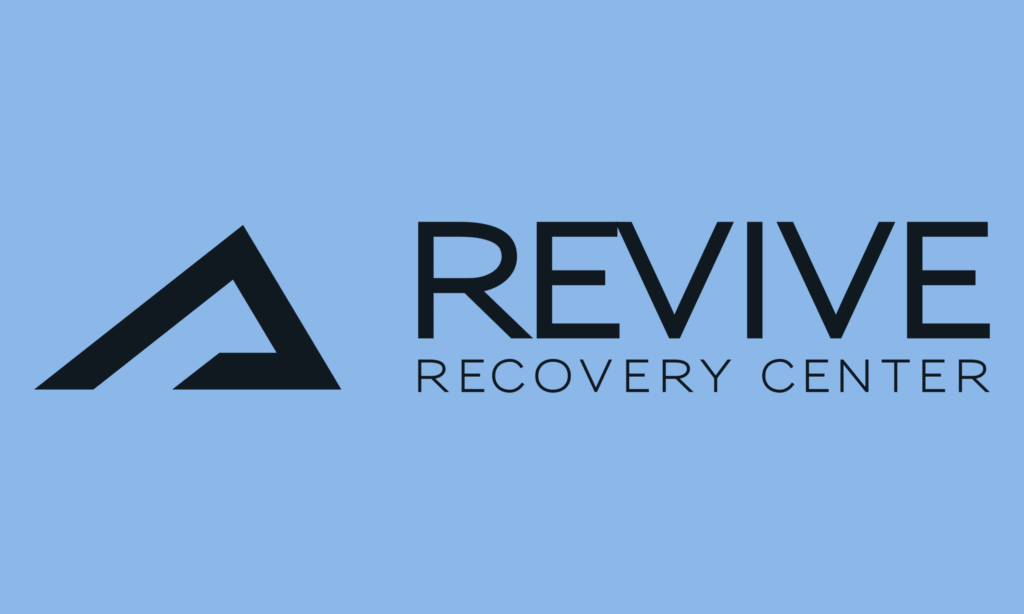SEO, chances are, you’ve heard the term and have a vague understanding of how it works. Search Engine Optimization is the process of affecting the online visibility of a website...
SEO, chances are, you’ve heard the term and have a vague understanding of how it works. Search Engine Optimization is the process of affecting the online visibility of a website or a web page in a web search engine’s unpaid results (organic, natural, or earned). Sure, most people understand what it is, but most people have no idea how to actually get these results or even implement SEO. Most people see this as too difficult and neglect it. BIG mistake. SEO drives organic engagement to your business’s online presence. SEO may seem like a big and scary thing, but it’s actually quite simple! In this blog post, we will define what SEO is, why it’s important, and the basics of doing proper SEO.
What is SEO?
SEO, or Search Engine Optimization, is the process of getting traffic to your web page via the free, organic, or natural results on search engines like Google. The traffic you receive from SEO is not able to be bought as it can be for paid search ads, it’s all organic. The main goal of doing SEO is to get your webpage at the top of a search results page on sites like Google, Yahoo, or Bing. What you want to do is find be at the top results for your potential customers; people won’t scroll more than a couple of pages when looking for results they need. The key to SEO is being relevant so you can stay relevant. What the consumers see as relevant will always be pushed to the top of the search results, pushing non-relevant content further and further down. With all of this in mind, let’s discuss the 6 essentials to Search Engine Optimization.
-
Learn What Customers Are Looking For/Keywords
This is easily one of the most important parts of SEO, learn what people are looking for. If you want to appeal to your customer base, figure out what they are searching for. Some simple research using online tools can help you find out what people are searching for when it comes to your business’s industry. If you run a clothing store, you’ll need to figure out what other clothing companies are doing to make their SEO stronger than others. Figuring out what a customer is looking for is the key to success. Jot down examples of something you may see yourself or your customers typing into their search bars. For the clothing store example, customers may type in things like “cheap clothing brands”, “affordable clothing”, “local discount clothing store”, etc. Keywords like these are the backbone of SEO. Keywords are basically what is most important to the industry. In the apparel store example, words like “cheap”, “brand”, “affordable”, and “clothing” are all words you’ll often hear with clothing companies and their customers. There are two types of keywords that business’s typically use: head and long-tail keywords. Head keywords are those that are most relevant and widely searched. “clothing” , “brand”, “apparel” are head keywords. Long-tail keywords are those longer phrases we used that are more specific. “Cheap local women’s clothing” is a great example of a long-tail keyword. The use of these types of keywords will get you less traffic than head keywords since they are more specific. Your average customer is not always going to be so specific with their searches.
2. Create A Good Page
The next essential for producing results in SEO is having an optimized webpage. You may not know this, but the way your page is laid out and how easy it is to navigate also factors into SEO. Easy to navigate pages are more likely to be pushed to the top of search results because customers have an even easier time finding what they need. If your website is cluttered, messy, and poorly designed, don’t expect much traffic to it. All parts of web design are important for SEO, even down to the URL. User-friendly designs are key to customer satisfaction.
3. Links
Another important step in getting results from SEO is building backlinks. A backlink for a given web resource is a link from some other website to that web resource. A web resource may be a website, web page, or web directory. Think of a backlink as citing your sources. Backlinking in blogs is a vital thing to do in the content marketing process. Link-building can be considered a part of the content marketing process. The more you backlink, the more people may backlink you. The more backlinks you have is a good indicator of how popular or reliable your page is for customers.
5. Measuring Your Success
How do you know if you’re getting more traffic from all this work you’ve been putting into SEO? Thankfully there are tools online to help you measure your success and see analytics for your page. One of the best tools for this is the Google Analytics tool online. With a tool like this, you can track who’s visiting your site and learn exactly who your audience is. With tools like these, you can use trial and error to see what is most effective and what is least effective in your SEO practices. Download this tool, spend some time truly analyzing the analytics to better help your SEO. You’ll be getting to the top of the results age in no time.
6. Just be Patient
Last but not least, be patient. Often times, results don’t start to happen right away. Having good results from SEO doesn’t happen overnight, it’s impossible. The best thing for you to do is watch and analyze the Google Analytics week by week so you can better understand what is or isn’t working in your SEO practices. Good results will take some time. Slow growth is better than no growth. Remember, SEO is all about free organic traffic so it will be more difficult to produce results quickly when compared to paid ads. SEO takes time, dedication, and a lot of hard work. If you are having trouble understanding SEO and getting the results you need, COHN Media has Online Marketing, SEO & Media Specialists that are here to help you.






























